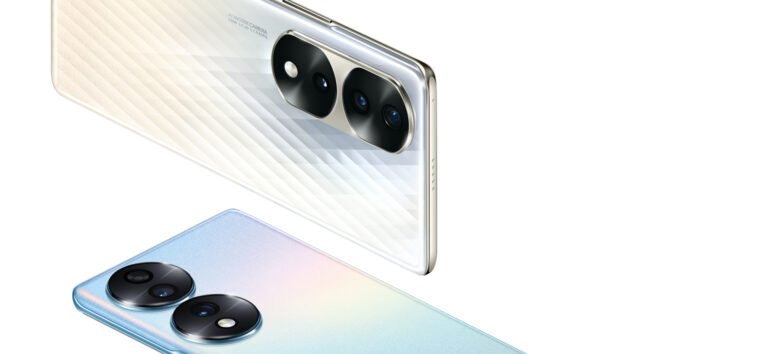In the dynamic world of branding, the use of color goes beyond aesthetics; it plays a profound role in shaping consumer perceptions, eliciting emotions, and establishing brand identity. In this article, we delve into the psychology of color in branding, exploring how different hues can influence consumer behavior and contribute to the overall success of a brand.
**1. The Power of First Impressions
Instant Recognition:
Color is the first element of a brand that consumers notice. The right color palette contributes to instant recognition, allowing consumers to associate specific colors with a particular brand even before engaging with the content. This initial impression sets the tone for the overall brand experience.
Establishing Brand Personality:
Colors serve as visual cues that convey the personality and values of a brand. Whether it’s the vibrant energy of red, the trustworthiness of blue, or the eco-friendly vibe of green, the chosen colors contribute to shaping the perceived character of the brand.
**2. Creating Emotional Connections
Evoking Emotions:
Colors have the ability to evoke emotions and trigger specific feelings. Warm colors like red and orange may create a sense of excitement or urgency, while cool colors like blue and green can convey calmness and trust. Successful brands leverage this emotional impact to connect with their target audience on a deeper level.
Cultural and Contextual Influences:
The psychological impact of colors can vary based on cultural and contextual factors. For example, the color white may symbolize purity and cleanliness in Western cultures, while it represents mourning in some Eastern cultures. Understanding these nuances is crucial for effective global branding.
**3. Building Brand Recognition and Consistency
Color Consistency Across Channels:
Consistency in color usage across different brand touchpoints, from logos to marketing materials, contributes to brand recognition. This uniformity reinforces the visual identity of the brand and helps consumers easily identify and recall the brand in various contexts.
Stand Out in the Market:
Choosing distinctive colors can help a brand stand out in a crowded market. When competitors predominantly use certain colors, opting for a unique color palette can make a brand memorable and differentiate it from others in the industry.
**4. Influencing Purchase Decisions
Color and Consumer Behavior:
Studies suggest that color influences consumer behavior and purchase decisions. Impulse buying, for instance, may be triggered by vibrant and attention-grabbing colors. Understanding the psychology behind color preferences allows brands to strategically influence the decision-making process.
Building Trust and Credibility:
Certain colors, such as blue and green, are often associated with trust and credibility. Brands in finance, healthcare, and technology leverage these colors to convey reliability and professionalism, instilling confidence in consumers.
**5. Adapting to Industry Expectations
Industry-Specific Color Associations:
Different industries have established color associations that convey specific messages. For example, the use of green in the health and wellness sector emphasizes freshness and naturalness. Adhering to or subverting these industry-specific color norms can impact how a brand is perceived within its sector.
Color Trends and Evolution:
Brands need to stay attuned to color trends and cultural shifts. Adapting to evolving color preferences ensures that a brand remains relevant and resonates with contemporary consumer sensibilities.
**6. Testing and Iterating for Optimal Impact
A/B Testing and Consumer Response:
Brands can conduct A/B testing with different color variations to understand how consumers respond to specific color choices. This data-driven approach allows for iterative adjustments to the color palette, ensuring optimal impact and resonance with the target audience.
Sensitivity to Color Combinations:
Understanding the nuances of color combinations is crucial. The interplay between primary and secondary colors can create harmony or discord. Brands must consider the visual aesthetics and legibility of their color choices, particularly in digital and print materials.
Conclusion: Harnessing the Language of Color
The psychology of color in branding is a nuanced language that goes beyond aesthetics. It serves as a powerful tool for creating memorable brand experiences, fostering emotional connections, and influencing consumer behavior. By strategically selecting and consistently using colors that align with the brand’s personality and resonate with the target audience, brands can leverage the psychology of color to stand out in the market and leave a lasting impression in the minds of consumers.





